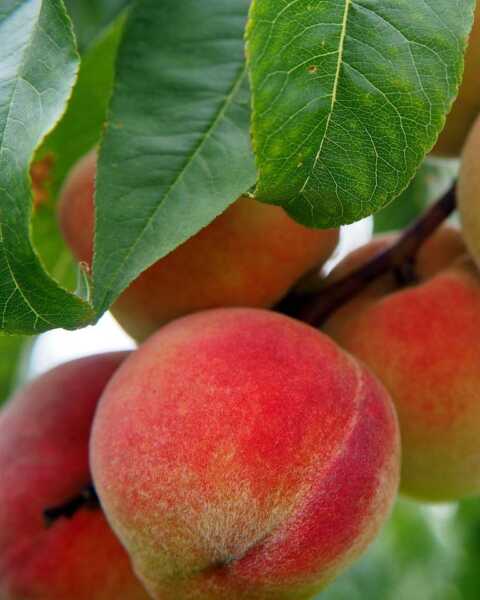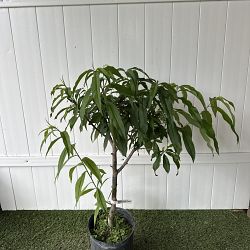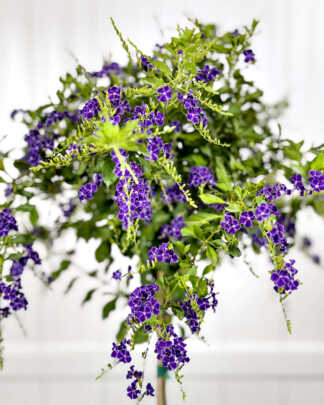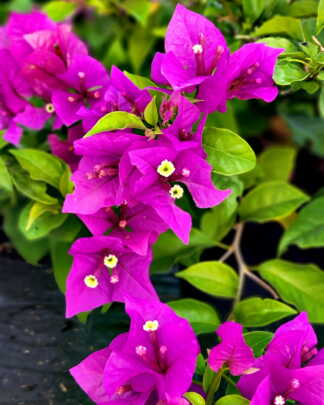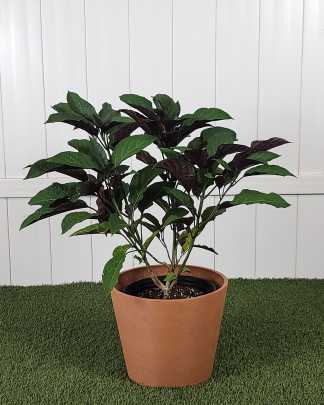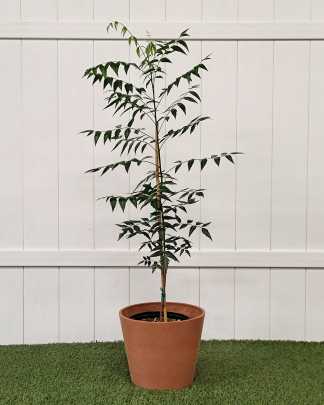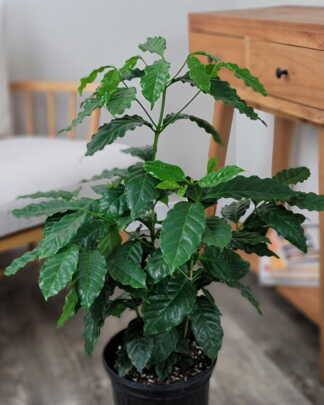Description
Caring for your Peach Tree
Peach trees (Prunus persica) are cherished for their delicious, juicy fruit and attractive spring blossoms. Native to Northwest China, peach trees are now grown in temperate climates worldwide. Growing a peach tree can be a rewarding experience, providing fresh fruit and enhancing the beauty of your garden.
Light
Peach trees thrive in full sun, requiring at least 6-8 hours of direct sunlight daily. Choose a well-draining location with fertile soil and good air circulation. Avoid low-lying areas where frost can settle and damage the blossoms.
Soil
Peach trees prefer slightly acidic to neutral soil (pH 6.0-7.0). Amend the soil with organic matter such as compost or aged manure to improve fertility and drainage. If your soil is heavy clay, consider planting in a raised bed to enhance drainage.
Water
Proper watering is crucial for the health and productivity of your peach tree. Water the tree deeply and regularly, especially during dry periods. The soil should be kept consistently moist but not waterlogged. Young trees need more frequent watering, typically 1-2 times per week, while established trees may require less frequent but deep watering.
Fertilizing
Fertilize peach trees in early spring before new growth begins and again in late spring or early summer. Use a balanced fertilizer with an N-P-K ratio of 10-10-10 or a specific fruit tree fertilizer. Avoid over-fertilizing, as excessive nitrogen can lead to lush foliage at the expense of fruit production.
Apply the fertilizer evenly around the drip line (the area under the canopy edge), avoiding direct contact with the trunk. Water thoroughly after fertilizing to help nutrients reach the roots.
Pruning
Pruning is essential for maintaining the shape, health, and productivity of your peach tree. Prune annually in late winter or early spring when the tree is dormant.
To ensure large, high-quality fruit, thin the fruit when it’s about the size of a marble, typically in late spring. Remove excess fruit to maintain a spacing of 6-8 inches between peaches. Thinning helps prevent branch breakage and allows the tree to focus its energy on fewer, better-developed fruits.
Pest and Disease Management
Peach trees can be susceptible to various pests and diseases. Regular monitoring and proactive management are essential for maintaining tree health.

